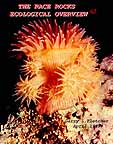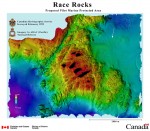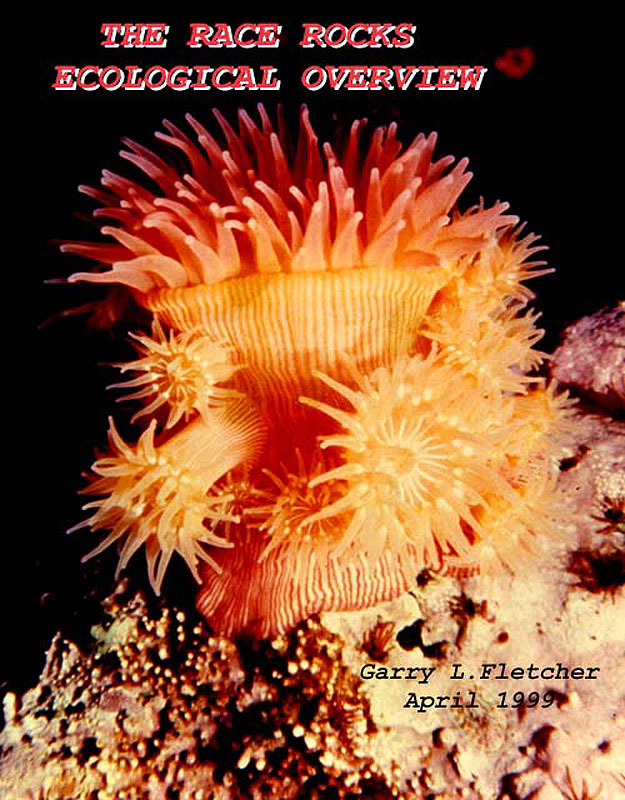Carol and Mike Slater, formerly the light keepers and then employees of Pearson College as Ecoguardians at Race Rocks attended the meeting. They will continue to live at Race Rocks until the end of June at which time there is no further funding available from Lester Pearson College. (Funding was provided and they stayed on until retirement in 2008). They were able to add their concerns to the possible problems that will come when surveillance of the island is not being done.
The Race Rocks ecosystem was given token protection in 1980 with the creation of an ecological reserve, and that protection strengthened in 1990 with a total closure on commercial fisheries and a partial closure on recreational fisheries. However, the ecological integrity that the place retains today would not be possible without the watchful eyes of the past light keepers and assistant keepers. We first met Trev and Flo Anderson in the late 70’s and started to work in this area as an outdoor laboratory. These individuals who were on location because of a job with the Coastguard became the eyes and ears in the area, looking after the ecosystem at Race Rocks. The following lightkeepers in the ensuing years have all welcomed us warmly, assisting with our educational programs and helping to facilitate outside researchers on the islands. In addition they have performed a valuable role for the ecology of the area. They regularly stop poachers and commercial harvesters and advise boaters not to anchor in the reserve. They have even been known to hand out information pamphlets, help in the arrest of fishermen who were shooting at sea lions and rescue our own students as well as countless others in the past twenty years. They have also contributed to the daily weather records and reports and daily seawater data recording. Carol Slater’s daily logbooks over the past two years are valued records of the daily changes in the birds and mammals as well as the increase in human impact on the reserve. They are included in the database as the best record of what has been happening in terms of reserve management over the past two years. To think of Race Rocks without these guardians in place is to accept that there will be a considerable human impact on this unique resource.
Garry Fletcher, April, 1999

 Link to this site for the Klallum language, and a story by Thomas Charles .
Link to this site for the Klallum language, and a story by Thomas Charles .

